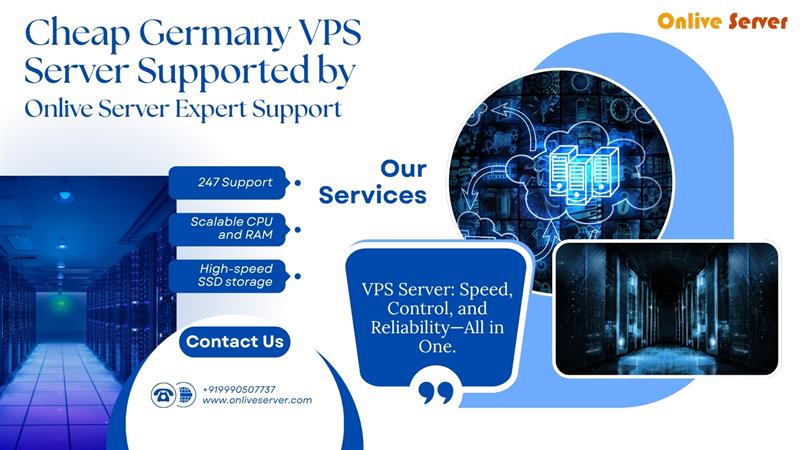In the ever-evolving world of cryptocurrency, Initial Coin Offerings (ICOs) remain a powerful method for blockchain startups to raise funds and bring innovative projects to life. From Ethereum’s historic ICO to thousands of projects that followed, the ICO model continues to thrive as a decentralized fundraising mechanism.
However, a successful ICO requires more than just a token and an idea—it demands careful planning, technical expertise, legal compliance, and robust marketing. This ultimate guide walks you through every essential phase of ICO development, from drafting a compelling whitepaper to executing a successful token launch.
Phase 1: Conceptualization and Market Research
Before you even think about coding a token or drafting a whitepaper, the foundation of a successful ICO lies in a strong concept and detailed market research.
Key Steps:
-
Identify the Problem and Solution: Clearly define the problem your project solves and how your blockchain-based solution is unique.
-
Target Audience: Understand who will benefit from your solution—investors, developers, enterprises, or consumers?
-
Competitive Analysis: Evaluate existing projects to identify your unique selling proposition (USP).
-
Token Utility: Justify why a blockchain token is essential for your ecosystem.
Market research validates your idea and informs how you’ll position your ICO in the crowded crypto landscape.
Phase 2: Drafting the Whitepaper
The whitepaper is the cornerstone of your ICO. It’s the first thing investors read, and it should build trust, convey technical details, and outline your roadmap.
What to Include:
-
Executive Summary: A high-level overview of your project.
-
Problem Statement and Solution: Clear articulation of the issue and your proposed fix.
-
Technology Overview: Explain the tech stack and architecture (e.g., blockchain platform, consensus mechanism).
-
Tokenomics: Define total supply, distribution, pricing, and vesting schedules.
-
Roadmap: Timeline of milestones before and after the ICO.
-
Team and Advisors: Introduce your core team and their experience.
-
Legal Disclaimers: Highlight compliance efforts, risks, and token utility.
Pro Tip: Use infographics, charts, and token flow diagrams to enhance clarity.
Phase 3: Token Development and Smart Contracts
With the whitepaper ready, it’s time to build your token and smart contract infrastructure.
Choose the Right Blockchain
Most ICOs launch on Ethereum due to its ERC-20 standard, but others like BNB Chain, Solana, and Avalanche offer faster and cheaper alternatives.
Token Creation Essentials:
-
ERC-20 or Equivalent: Follow standard token protocols for easy integration.
-
Security Audits: Smart contracts must be audited to prevent hacks.
-
Minting/Burning: Define if tokens can be added or removed from supply.
-
Governance Features: Optional for projects with DAOs or community voting.
Hire experienced blockchain developers or a token development company to avoid costly security issues.
Phase 4: Legal Compliance and Jurisdiction
Legal uncertainty can sink an ICO before it even begins. You must work with crypto-legal experts to navigate this landscape.
Compliance Considerations:
-
Know Your Customer (KYC): Verify investors’ identities to meet AML regulations.
-
Securities Laws: Determine if your token is a utility or security under various jurisdictions (e.g., SEC in the U.S.).
-
Jurisdiction Setup: Choose a crypto-friendly country like Switzerland, Singapore, or Estonia for incorporation.
Regulatory compliance builds credibility and reduces risks of future lawsuits or penalties.
Phase 5: ICO Website and Dashboard Development
An ICO without a professional online presence won’t gain traction. Build a secure and engaging ICO website with integrated dashboards.
Features to Include:
-
Project Overview: Concise and engaging description of your project.
-
Token Sale Countdown: A timer to build urgency and hype.
-
KYC Portal: Onboarding interface for identity verification.
-
Wallet Integration: Allow users to participate using wallets like MetaMask.
-
Admin Panel: Backend for managing users, transactions, and token distribution.
Use SSL encryption, DDoS protection, and code audits to ensure platform security.
Phase 6: Pre-ICO and Private Sale (Optional)
Before launching publicly, consider a private or pre-sale round to raise initial funds and attract strategic investors.
Benefits:
-
Early funding for development and marketing.
-
Partnerships with influencers and VCs.
-
Reduced risk for the public ICO.
Ensure transparency by disclosing allocation and vesting schedules.
Phase 7: ICO Marketing and Community Building
Even with the best tech and whitepaper, no ICO will succeed without marketing and community engagement.
Marketing Channels:
-
Social Media: Twitter, LinkedIn, Reddit, and Telegram are vital for crypto marketing.
-
Influencer Marketing: Partner with reputable YouTubers and bloggers.
-
Email Campaigns: Nurture leads with newsletters and token sale updates.
-
Press Releases: Announce your ICO launch and milestones in top publications.
-
Bounty Programs: Reward users for promoting your project.
Engage with your audience regularly to build trust and credibility.
Phase 8: Token Launch and Fundraising
Now it’s time for the main event—the ICO token launch.
Launch Checklist:
-
Finalize smart contracts and conduct testnet runs.
-
Open token sale for public participation.
-
Monitor transactions and wallet activity in real time.
-
Offer technical support for buyers.
-
Close ICO once the hard cap or time limit is reached.
Be transparent in fund allocation and provide regular updates post-ICO.
Phase 9: Post-ICO Activities
The ICO is not the end—it’s the beginning of your project’s journey.
Key Post-Launch Tasks:
-
Token Listing: Get your token listed on crypto exchanges (DEXs and CEXs).
-
Product Development: Build and release the promised features.
-
Community Support: Keep investors updated via AMAs, newsletters, and social platforms.
-
Governance: If applicable, involve token holders in decision-making.
-
Financial Reporting: Share how funds are being used to build long-term trust.
Continue marketing and scaling to ensure long-term project success.
Conclusion
ICO development is a multi-disciplinary process that involves much more than issuing a token. It requires strategic planning, technological development, legal compliance, and an unwavering focus on community and transparency. By following this ultimate guide, you’ll be well on your way to launching a compliant, well-received ICO that not only raises funds but lays the groundwork for a sustainable blockchain project.






